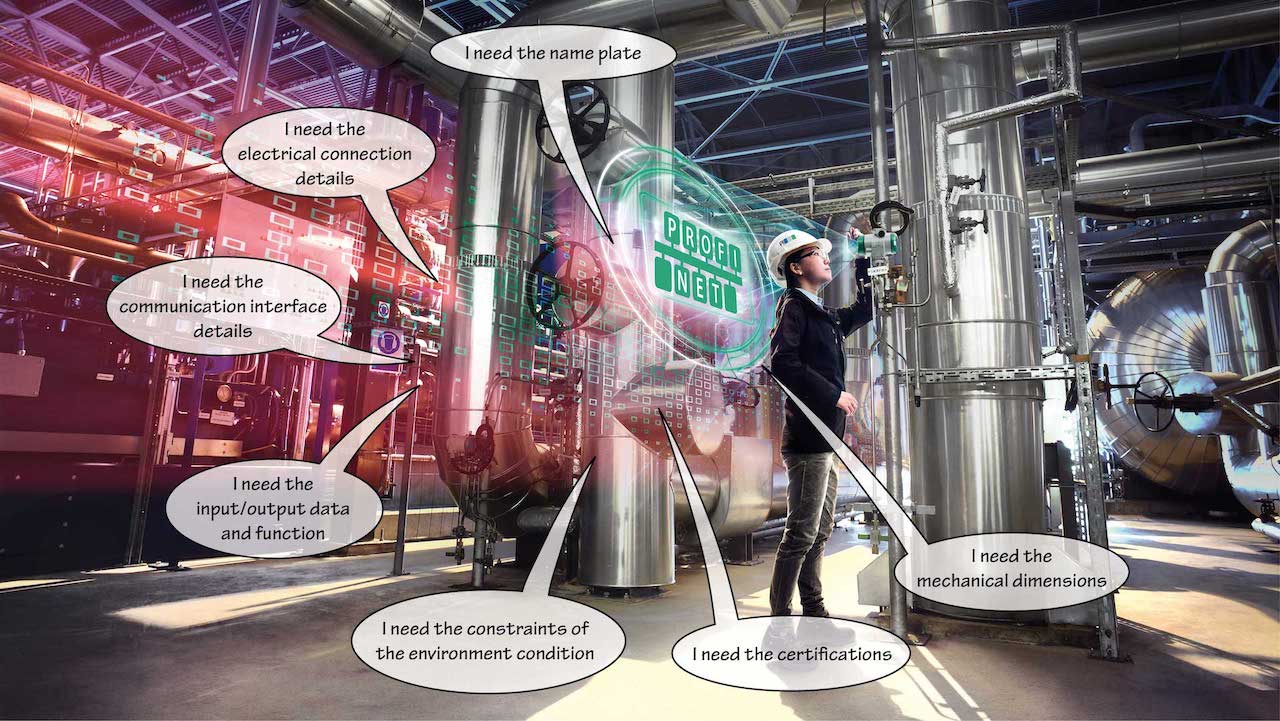The industrial digital transformation requires data from automation technology in order to implement the Industrie 4.0 vision. In practice, the source and destination of this data is primarily sensors, actuators and controllers. The volume of data currently being generated and processed at industrial production plants is quickly growing as Industrie 4.0 progresses. The quantity structures and associated complexity can only be kept under control through consistent structuring and cross-level standardization. The experts at PI (PROFIBUS & PROFINET International) recognized this and are working on it at full speed.

The goal here is to provide machine-interpretable semantic descriptions for all data provided and processed by devices and components using PI technologies. In order for different parties to be able to interpret it right away, the data and its semantic descriptions have to be embedded in standardized, open information models which are also tightly interconnected with one another. Only in this way can they evaluate any IT applications at any time in such a way that their meaning can be recognized and the information behind it processed. This, in turn, makes it possible to initiate the necessary application activities at production plants. To achieve this goal, PI started activities in a number of working groups and initiated cooperation with relevant organizations.
OPC UA and ECLASS are being used as the base technology for implementing the vision. OPC UA has established itself on the market as interface technology with an information model. ECLASS is the set standard for the classification and unique description of features on the 4.0 Plattform. PI communication and profile specifications form the starting point for this. That is, the data models standardized there are transformed into a digital format using OPC UA and ECLASS technology so that they can be interpreted on every level of a production company: from the field level to the management level.
This comes along with a greater degree of abstraction for both providers and users alike. To illustrate the underlying principles, a group of experts at PI have written a white paper which examines the emergence and role of information models from different perspectives. The core of the white paper is dedicated to describing the so-called facet model. Facets are information models which describe individual aspects of the devices and/or communication architecture. Different facets are presented, their interrelation with system-oriented information models is described and the respective context in which a device is found is included.
This model provides the basis for more uniform, structured, open and comprehensive modeling of production data using PI technology, which represents a major step in the digital transformation of automation technology.
It is planned to publish the white paper on the PI website in German and English in the coming months.
